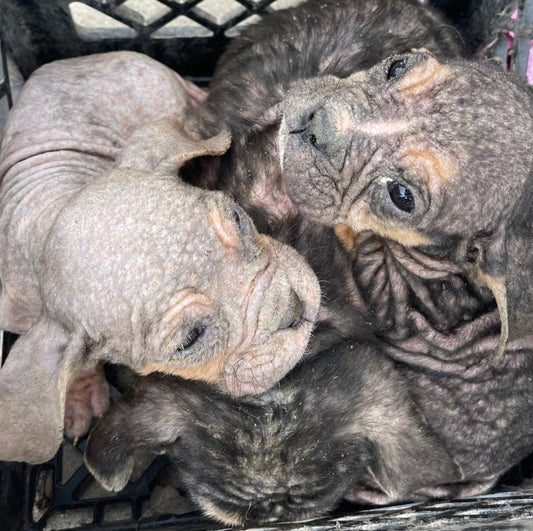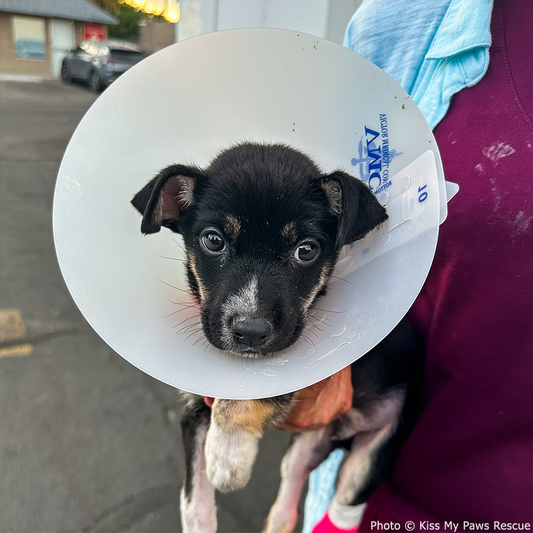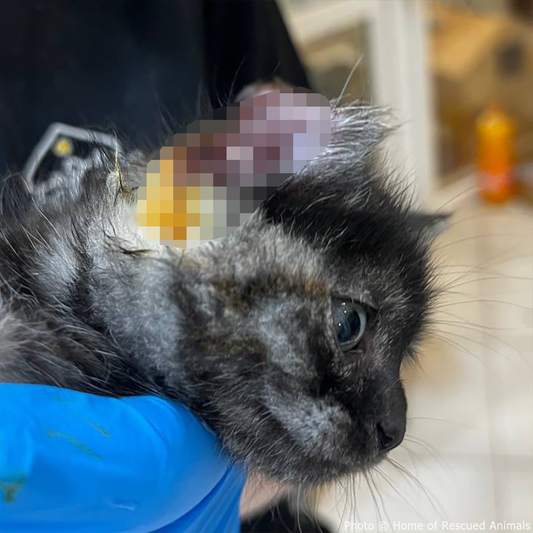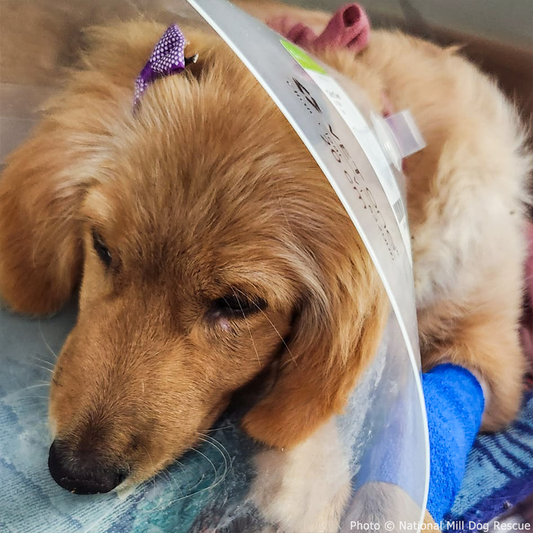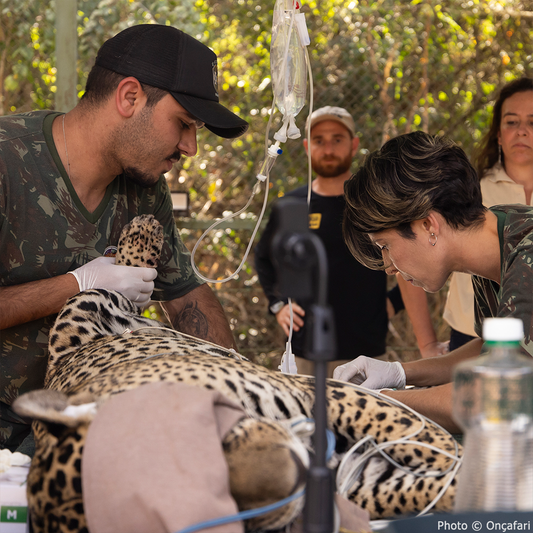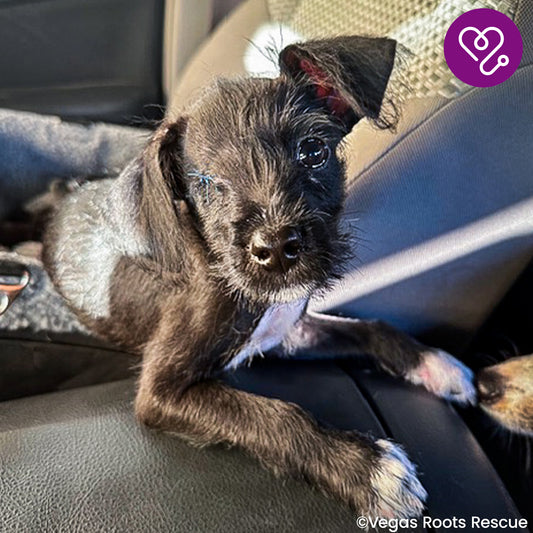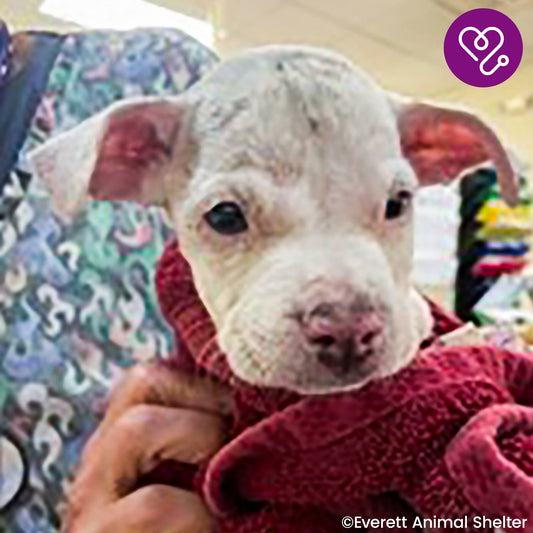How Plastic is Secretly Poisoning Our Beloved Pets
Matthew Russell
Pexels
Pets are an integral part of many families, bringing joy and companionship. Yet, despite our best efforts to care for them, many of us unknowingly expose our beloved animals to dangerous plastics every day.
This exposure comes from a variety of sources including toys, food containers, and even household dust. Understanding the risks and how to mitigate them is crucial for ensuring the health and safety of our pets.
 Photo: Pexels
Photo: PexelsMicroplastics in pet food can cause serious health issues for pets.
Microplastics in Food and Water
Microplastics are tiny plastic particles that have been found in numerous everyday items, including pet food and water. These particles can originate from plastic tags on animal carcasses used in pet food production or from plastic packaging that inadvertently gets processed into the food.
The presence of these microplastics in pet food can lead to various health issues, Earth Day reports. One study revealed that plastic tags from sheep's ears often remain on carcasses and end up in pet food, exposing pets to harmful plastic particles.
The dangers of microplastics are not limited to food. Even the water we provide to our pets can contain these tiny particles. Studies have shown that both tap water and bottled water can carry microplastics, which pets ingest daily. Given that pets rely on us for their nutrition and hydration, it’s essential to be aware of these hidden threats and take steps to minimize exposure.
 Photo: Pexels
Photo: PexelsBPA from plastic bowls can disrupt your pet's hormones.
Health Risks from Plastic Containers
Many pet owners use plastic bowls and containers for feeding and storing pet food. However, these plastic items can leach harmful chemicals such as Bisphenol A (BPA) into the food, Braxtons reports. BPA is a chemical used in the production of plastics and has been linked to several health problems in animals, including hormonal disruptions, cancer, diabetes, and obesity.
Moreover, plastic containers can harbor bacteria due to the porous nature of the material. When fats from the pet food seep into the plastic, they create an ideal environment for bacterial growth, which can contaminate the food. To avoid these risks, consider using alternatives like stainless steel or ceramic bowls, which do not contain harmful chemicals and are easier to keep clean.
 Photo: Pexels
Photo: PexelsPlastic toys often contain harmful chemicals like phthalates.
Dangerous Pet Toys
Plastic toys are another common source of exposure to harmful chemicals for pets. Dogs, in particular, are at risk because they love to chew on their toys, ingesting plastic in the process.
As Earth Day reports, many plastic toys contain phthalates, chemicals used to make plastics more flexible. These substances can interfere with the endocrine system, potentially leading to reproductive issues and other health problems.
Opting for toys made from natural materials such as organic cotton, bamboo, natural rubber, or hemp can significantly reduce these risks. These alternatives are safer for pets to chew on and less likely to introduce harmful substances into their bodies.
 Photo: Pexels
Photo: PexelsHousehold dust is a source of microplastic exposure for pets.
Household Dust and Microplastics
Microplastics are not only found in pet food and toys but also in household dust. These particles originate from various sources, including synthetic fabrics and plastic-based products used in the home. Pets, particularly those that spend a lot of time indoors, can inhale or ingest these microplastics, which can accumulate in their bodies over time Earth Day, reports.
Regular cleaning can help minimize this risk. Sweeping and vacuuming frequently reduces the amount of dust, and hence microplastics, in the environment. Using air purifiers can also help reduce airborne particles, creating a safer environment for both pets and humans.
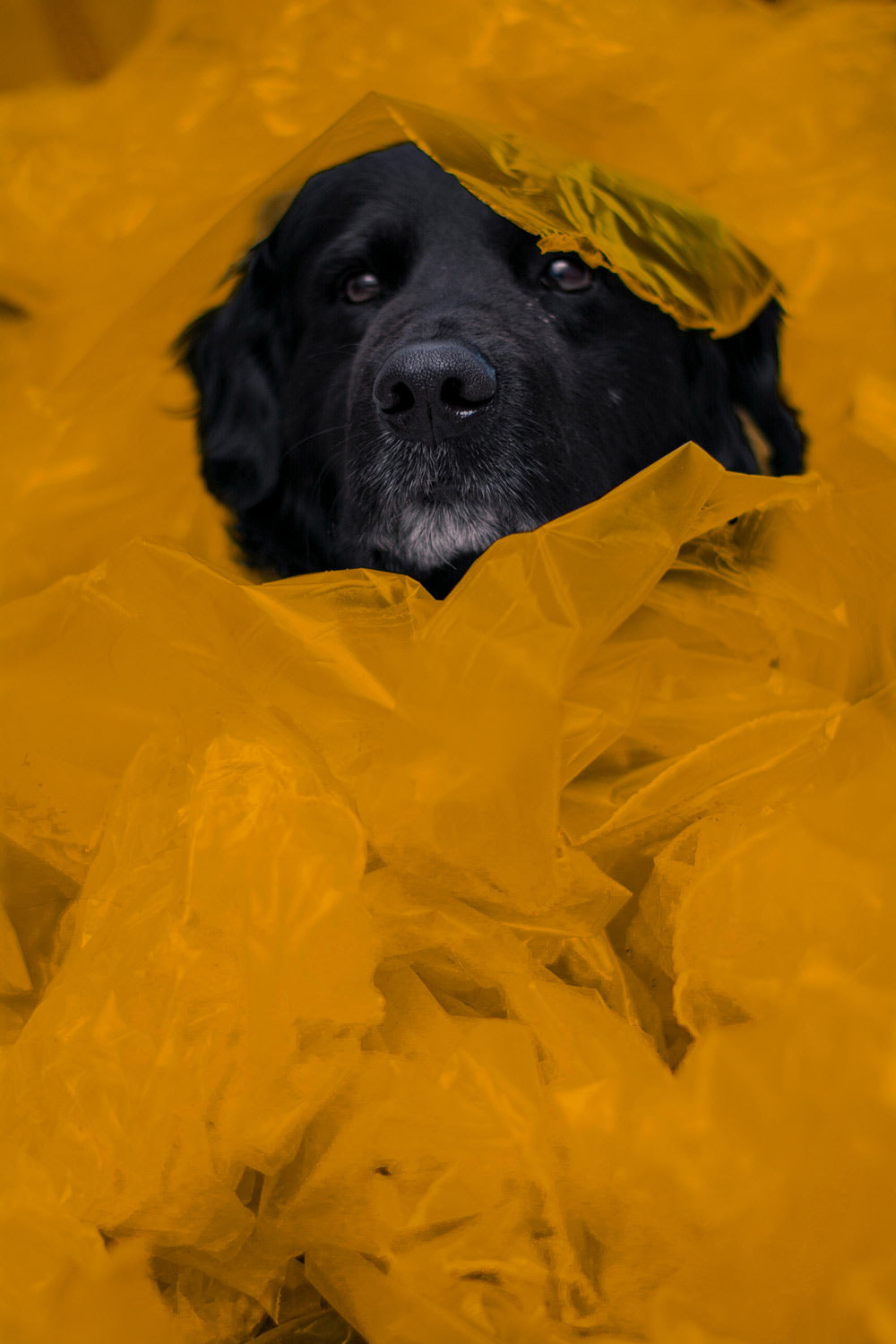 Photo: Pexels
Photo: PexelsReducing plastic use in your home protects your pets.
Choking Hazards from Plastic Bags
Plastic bags pose another significant risk to pets, not just from the chemicals they contain but also as potential choking hazards, Fear Free Happy Homes reports. Pets, especially curious ones like dogs and cats, can easily get entangled in plastic bags, which can lead to suffocation. The crinkly texture and smell of food often attract pets, increasing the risk of accidental ingestion or choking.
To prevent such accidents, always store plastic bags out of reach of pets and consider using paper bags or reusable fabric bags instead. These alternatives are safer for pets and better for the environment.
Making Safer Choices
Understanding the hidden dangers of plastics and making informed decisions can significantly impact the well-being of our furry friends.
Reducing the exposure of pets to harmful plastics requires conscious choices about the products we use. Opt for natural materials for toys, use stainless steel or ceramic bowls, and keep your home clean to reduce microplastic dust. By taking these steps, we can help ensure our pets live healthier, safer lives.
Matthew Russell is a West Michigan native and with a background in journalism, data analysis, cartography and design thinking. He likes to learn new things and solve old problems whenever possible, and enjoys bicycling, spending time with his daughters, and coffee.


